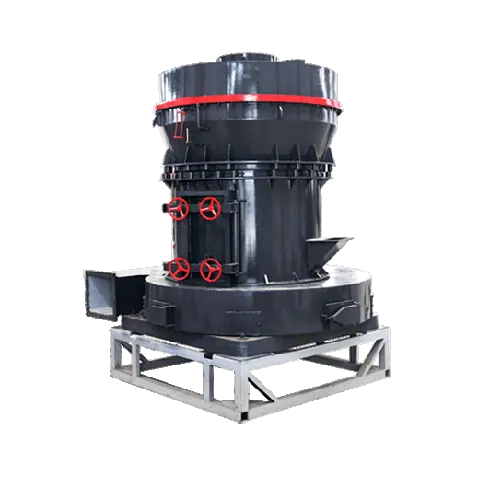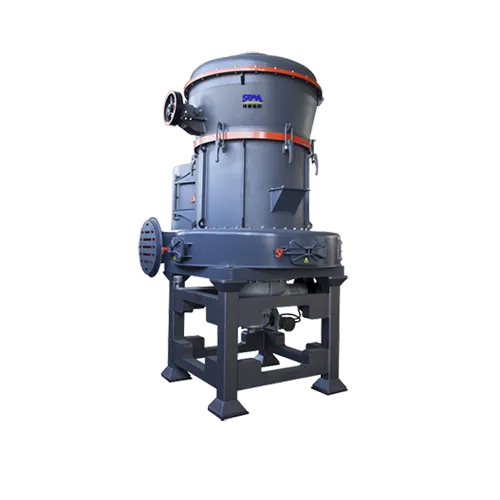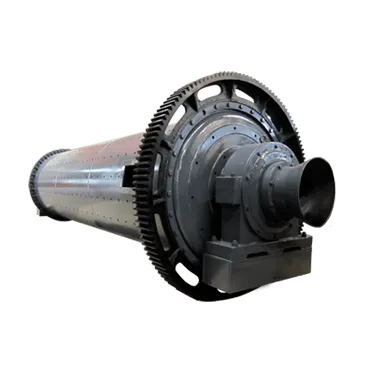ball mill for cement industry
Recently, with the rapid development of modern construction, cement has become an important material in the construction industry. To meet the production demand of cement, ball mill which is widely used in cement production has also become a hot product. In order to provide convenience for the cement industry to purchase, we have launched a ball mill specially designed for cement industry.
This ball mill is made of high quality steel, which has strong wear resistance and long service life. It adopts advanced technology, with large production capacity and high production efficiency. What's more, it adopts advanced automation control technology, which can save energy and reducing consumption. It adopts rolling bearing as the driving force, reducing the friction of the parts, which also prolongs its service life. What's more, in order to improve the fineness of the finished product, this ball mill is equipped with multi-stage particle size control device, so that the finished product has uniform size and high fineness.
This ball mill for cement industry has unique advantages, which not only has good grinding effect, but also can greatly reduce the energy consumption. It is a good choice for cement industry and will make your production process safer and easier.
ball mill cement plant process
Nowadays, cement production process is based on modern and advanced technology, so the use of ball mill as the main grinding equipment is increasingly common. A cement plant uses a ball mill to grind clinker into a fine powder. This process requires a lot of physical and mechanical energy.
Firstly, the raw materials are sent to the ball mill and ground together into a thick slurry. The slurry is then continuously ground and mixed. During the grinding process, clinker and other materials are ground together in a ball mill to form small particles which further binds with the other material to form a larger particle.
Secondly, the large particles are further ground in the ball mill to form even smaller particles. The slurry produced from the ball mill is then heated and passed through a rotating tube filled with large metal balls. The metal balls help break down the particles further, thus increasing the surface area available for binding with other materials.
Thirdly, other materials are added to the process such as limestone and iron. The limestone acts as a flux while the iron helps to enhance the strength and durability of the cement. The mixture is then heated in a rotary kiln at temperatures of up to 2000 degrees Fahrenheit.
Fourthly, the clinker is cooled before it is mixed with other material in the cement mill. This is done to reduce the pressure generated by the heat during the kiln process. The clinker is then mixed with gypsum and other additives to produce cement. The blended product is then placed in a hopper, which is fed into a ball mill for final grinding. The particles size is reduced to 0.08mm and finer, which is the standard for cement production.
To summarize, the ball mill is an important part of the cement production process and provides efficient grinding of clinker and other materials. The rotary kiln and other additives help enhance the quality of the finished product. The ball mill, rotary kiln, and other equipment help make the cement production process efficient and cost effective.



